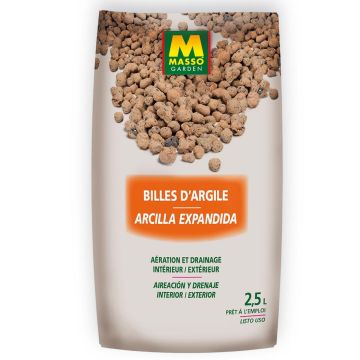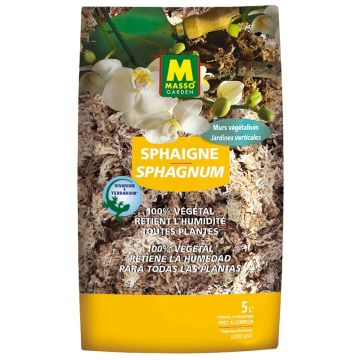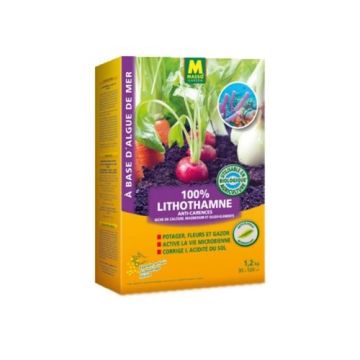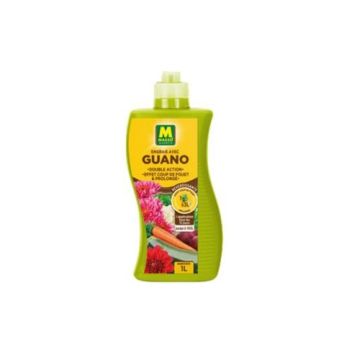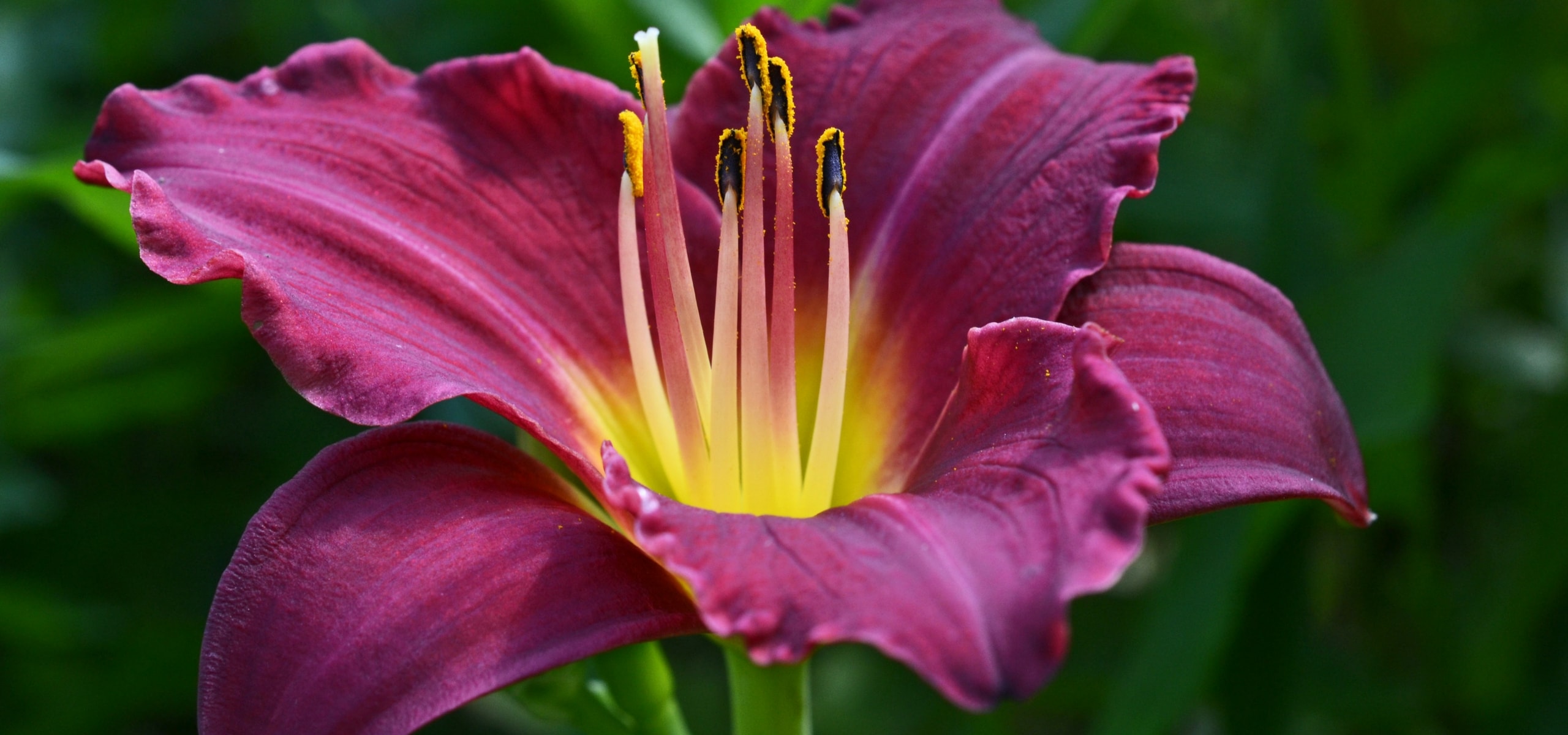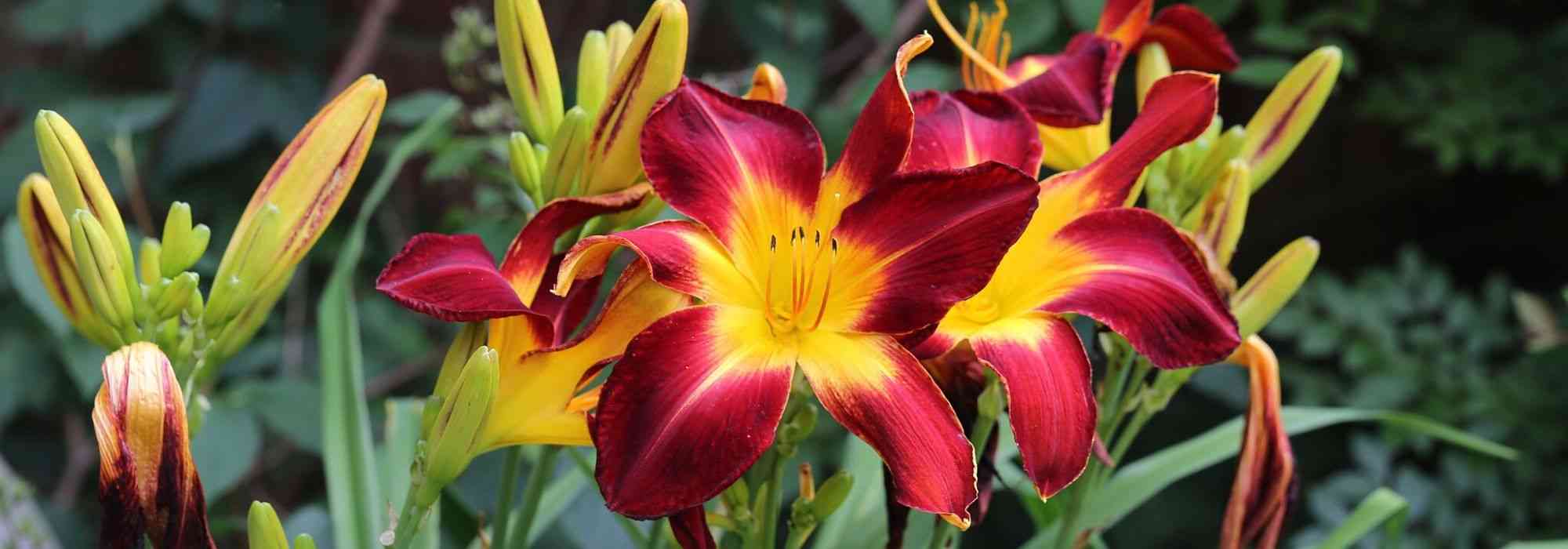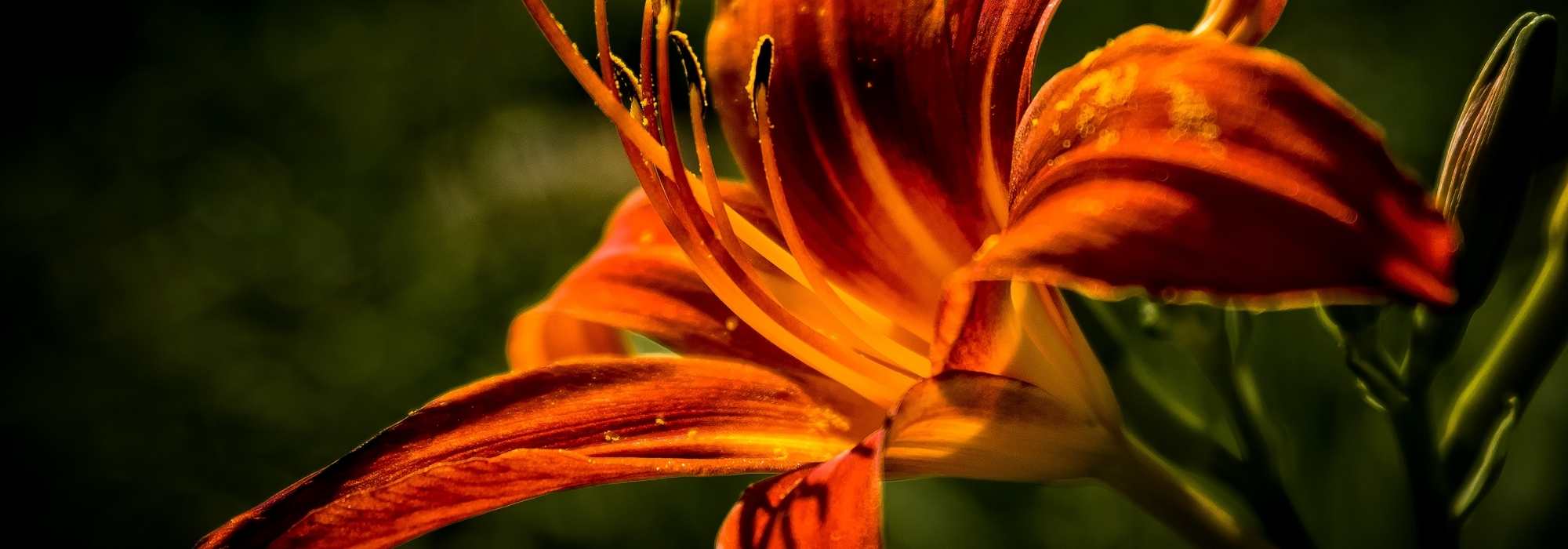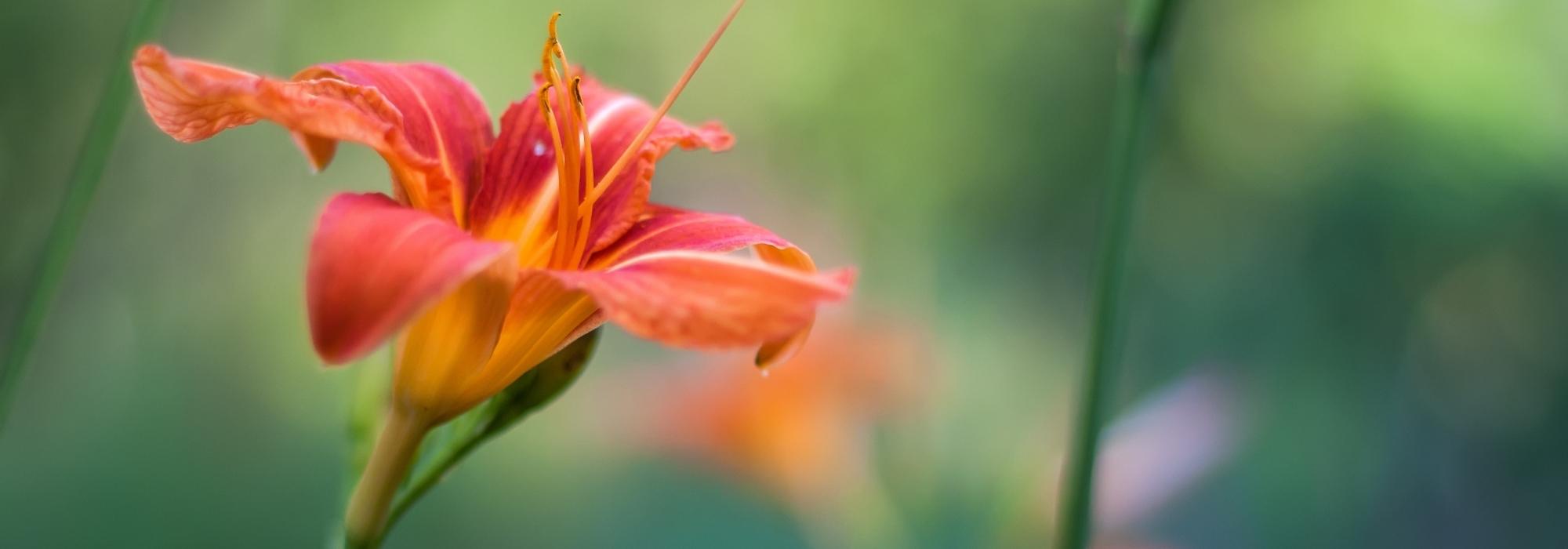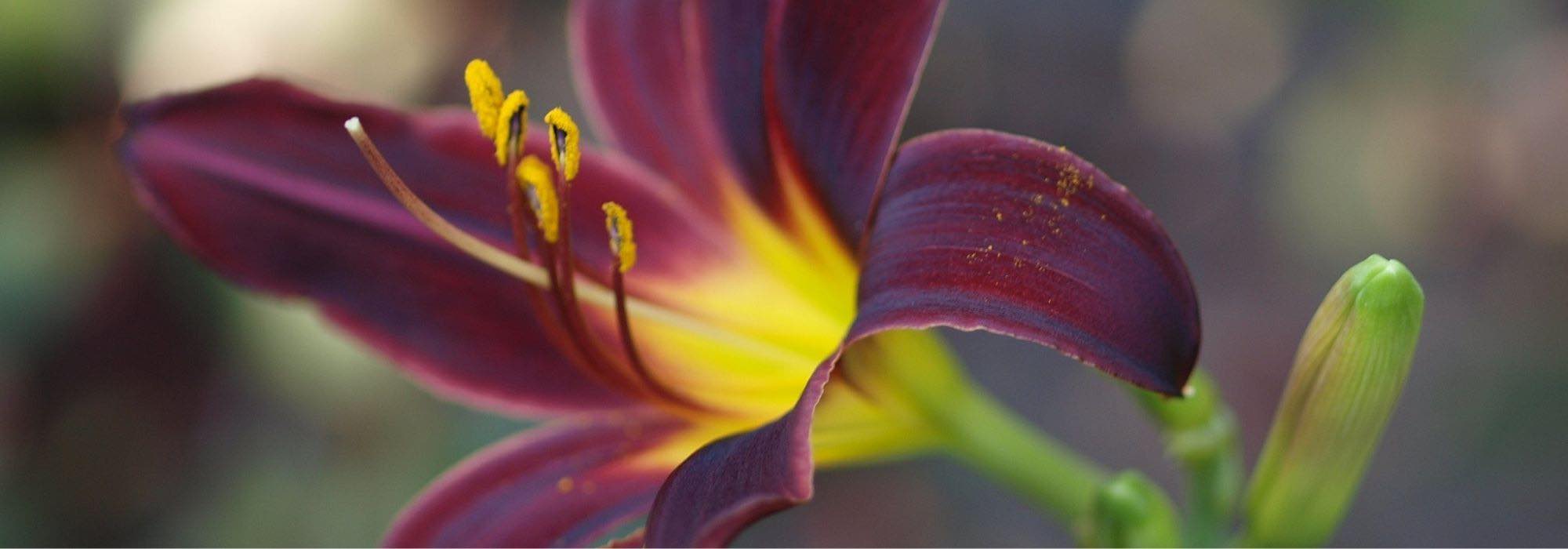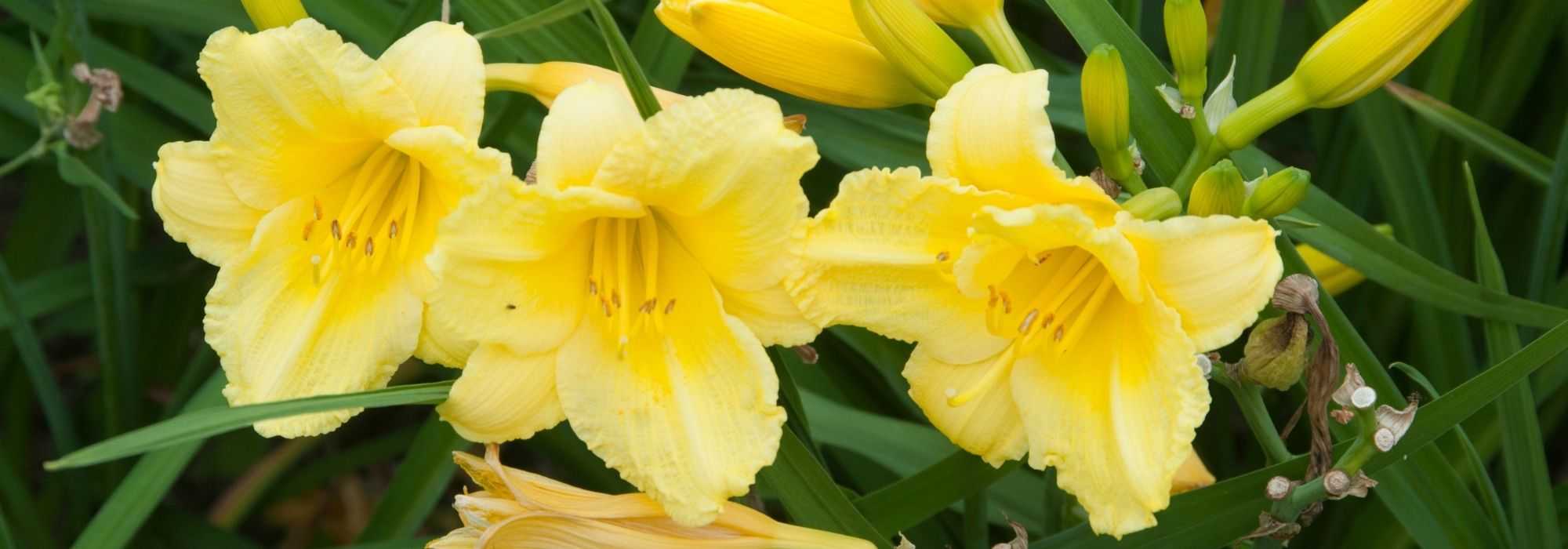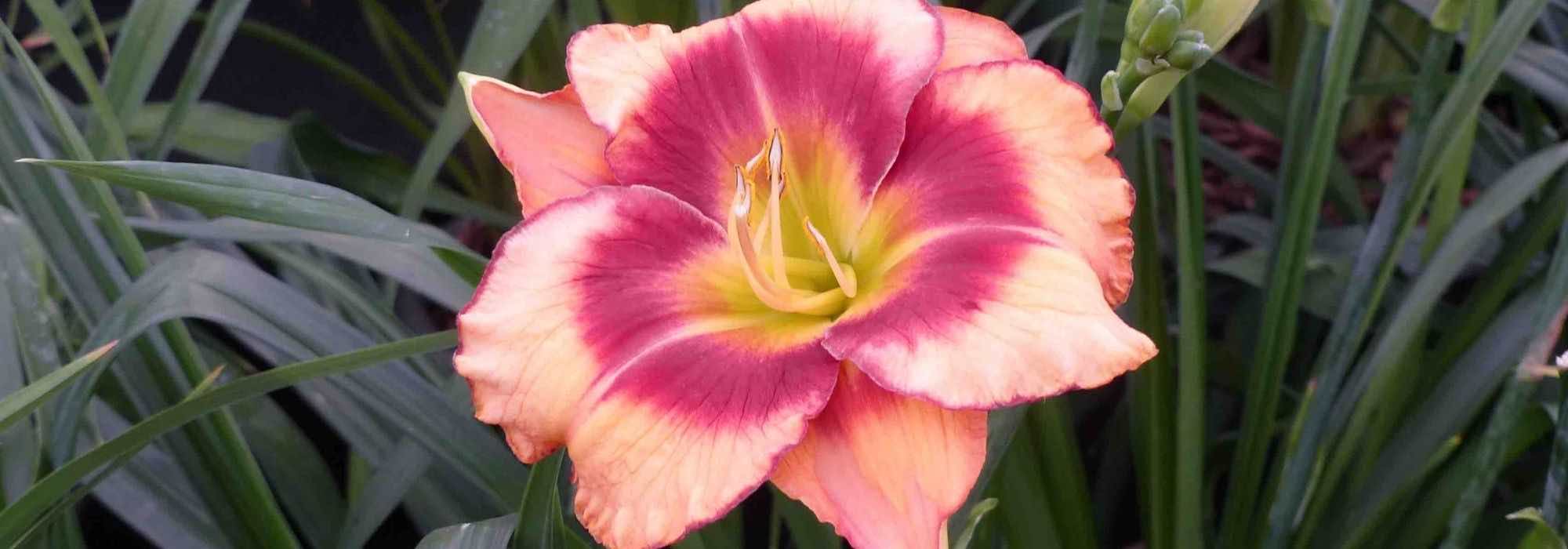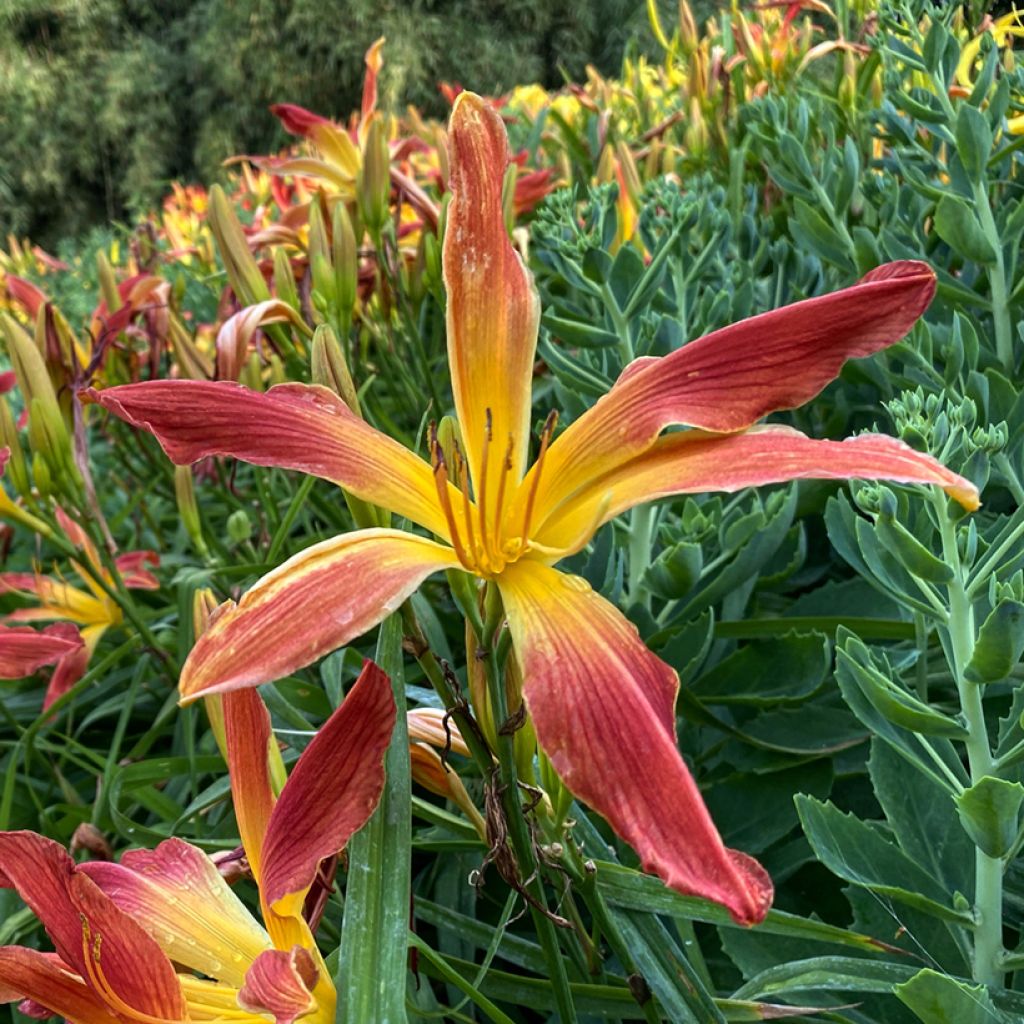

Hemerocallis Hot Wheels - Daylily
Hemerocallis Hot Wheels - Daylily
Hemerocallis Hot Wheels
Daylily
Special offer!
Receive a €20 voucher for any order over €90 (excluding delivery costs, credit notes, and plastic-free options)!
1- Add your favorite plants to your cart.
2- Once you have reached €90, confirm your order (you can even choose the delivery date!).
3- As soon as your order is shipped, you will receive an email containing your voucher code, valid for 3 months (90 days).
Your voucher is unique and can only be used once, for any order with a minimum value of €20, excluding delivery costs.
Can be combined with other current offers, non-divisible and non-refundable.
Home or relay delivery (depending on size and destination)
Schedule delivery date,
and select date in basket
This plant carries a 12 months recovery warranty
More information
We guarantee the quality of our plants for a full growing cycle, and will replace at our expense any plant that fails to recover under normal climatic and planting conditions.
Would this plant suit my garden?
Set up your Plantfit profile →
Description
Hemerocallis 'Hot Wheels' is a Daylily from the "spider" group, whose flowers possess a spider-like grace. Very large, they are formed by long and relatively narrow petals, red at the tip and yellow towards the centre. This variety blooms in June and July, bringing cheerfulness to the garden with its vibrant colours. Easy to grow in sunny or even partially shaded exposure, it is a sturdy perennial that appreciates moist and even wet soils.
According to botanical classifications, the genus Hemerocallis belongs to the Liliaceae family, like Lilies, Tulips or Fritillaries, or to the Xanthorrhoeaceae family, like Aloe or Bulbine. There are about thirty species of Daylilies, originating from the Far East, and probably more than sixty thousand horticultural varieties! The scientific name of the plant comes from Greek and means "beauty of a day", while its common name is "Daylily", due to the shape of the flower and the brevity of its existence.
Hemerocallis 'Hot Wheels' is a variety launched in 1992 by the breeder Calhour. Although relatively old, it is still sought after for the beauty and size of its flowers. The plant forms a dense clump of long, narrow leaves with pointed tips, of a beautiful bright green. The clump widens year after year. The vegetation measures about fifty centimetres in height, with the flower stalks reaching 90cm. These stalks bear several buds, which open from June into very large flowers with a diameter of 20-21cm. Each flower is composed of three long and narrow sepals, and three petals of roughly the same length, but which widen in the upper third. Bright red at their tips, these floral parts gradually turn yellow towards the base. A bouquet of six stamens, five centimetres long, starts from the centre and curves upwards. Their dark purple tips contrast with the yellow of the centre, enhancing the overall spider-like appearance. The flowers are ephemeral, but renew themselves very regularly without interruption for several weeks, as this variety is perpetual.
Daylilies can be classified in the group of "beginner plants" as their cultivation is simple. Preferring moist to wet soils, they can even be planted on the edge of a pond, alongside Astilbes with their large plume-like white, pink or red flowers. However, once well rooted, they are quite tolerant of dry conditions. Plant the 'Hot Wheels' Daylily in the second row of a bed, behind a carpet of Aubrieta that will bloom before it in spring. To extend the flowering season, plant a Ligularia dentata 'Dark Beauty' behind your Daylily, which will provide a spectacular clump of round, purple leaves, topped from July to September by bouquets of yellow-orange flowers resembling daisies.
Floriferous and highly decorative, Daylily flowers are edible. You will surprise your guests by serving them a salad adorned with a few colourful petals!
Hemerocallis Hot Wheels - Daylily in pictures
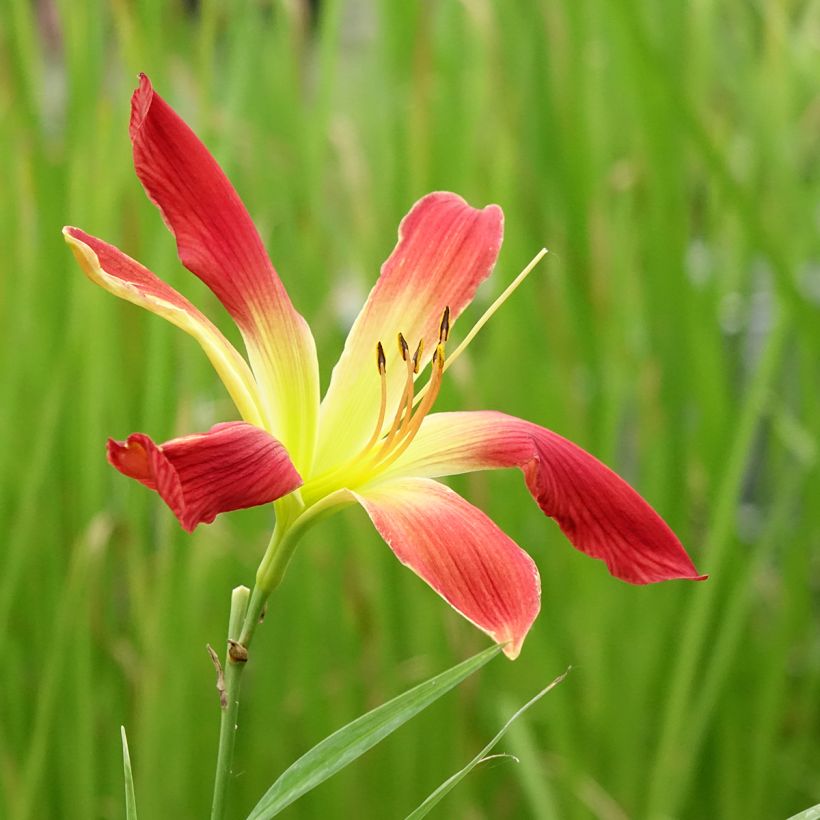

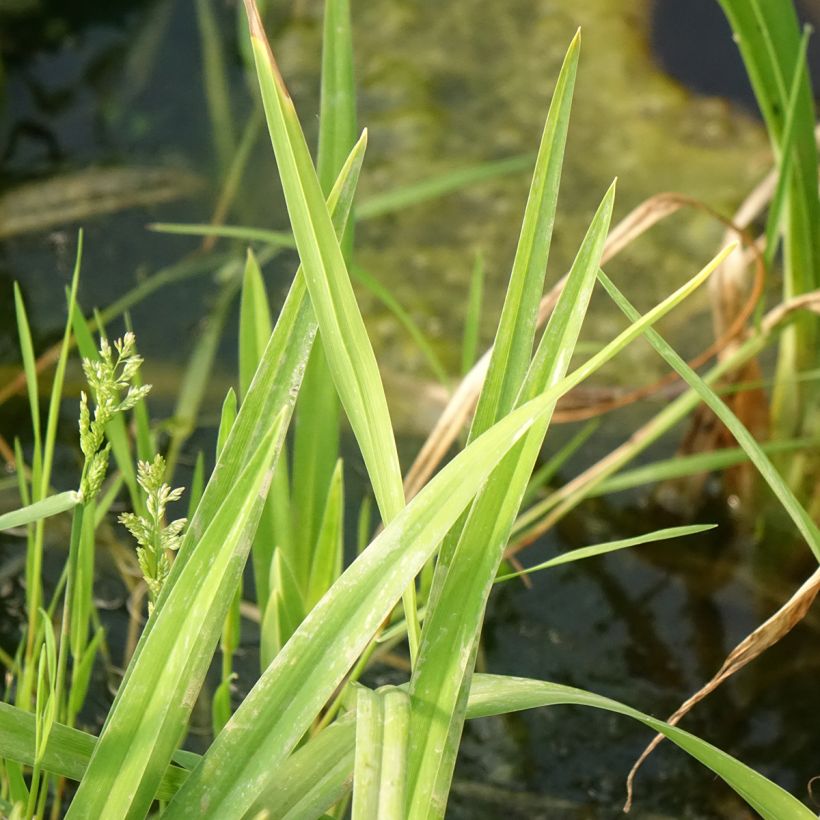

Flowering
Foliage
Plant habit
Botanical data
Hemerocallis
Hot Wheels
Hemerocallidaceae
Daylily
Cultivar or hybrid
Planting and care
Plant your Hemerocallis 'Hot Wheels' in good garden soil, not too clayey and enriched with humus and compost. In these conditions, your perennial will have good tolerance to summer droughts and will not suffer from winter frosts. However, it prefers moist or even wet soils and can even establish itself on a bank, provided that its feet are not in the water.
Very easy to grow, this variety is not susceptible to parasites or diseases, so there is no need to treat it and rodents are not interested in it. Daylilies like sunny locations, but they also thrive in partial shade, provided they receive 4 to 5 hours of sunlight daily. If you plant multiple plants, leave space between each one as they will spread and fill in quite quickly. Plant the collar (the junction between the leaves and the roots) about 1 to 2cm below the surface of the soil during planting. For a few weeks after planting, it is necessary to keep the soil fairly moist. It is best to divide the clump in autumn after flowering.
Planting period
Intended location
Care
Planting & care advice
This item has not been reviewed yet - be the first to leave a review about it.
Haven't found what you were looking for?
Hardiness is the lowest winter temperature a plant can endure without suffering serious damage or even dying. However, hardiness is affected by location (a sheltered area, such as a patio), protection (winter cover) and soil type (hardiness is improved by well-drained soil).
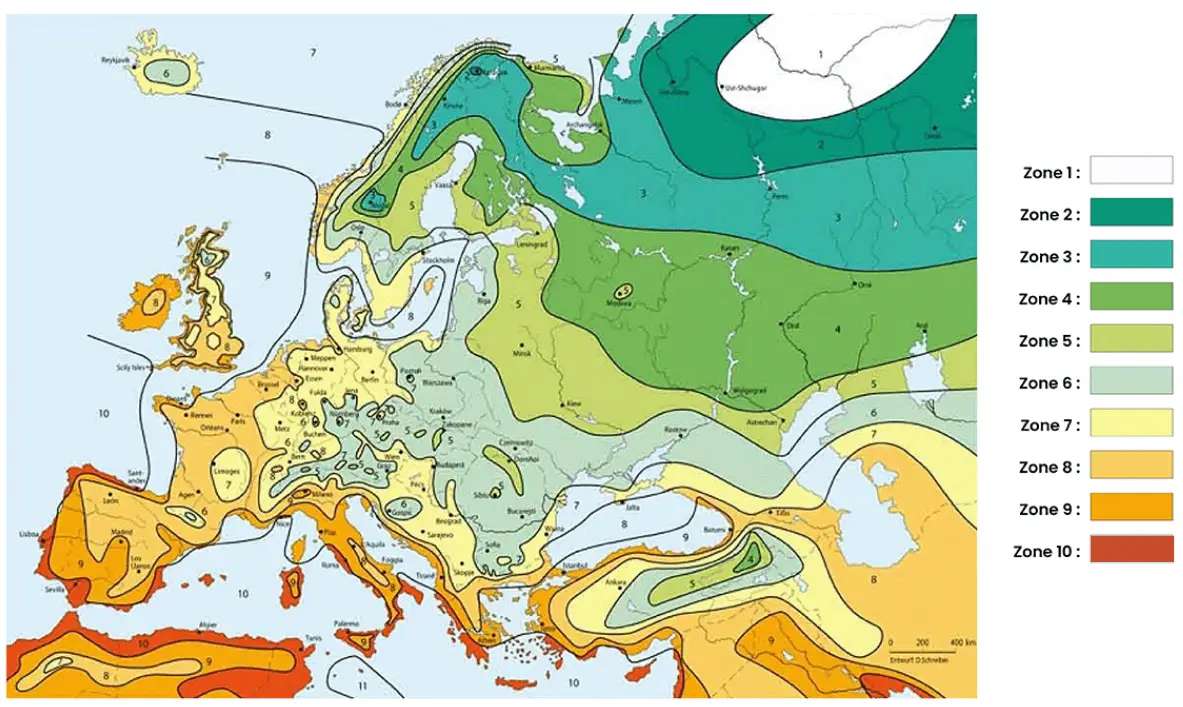
Photo Sharing Terms & Conditions
In order to encourage gardeners to interact and share their experiences, Promesse de fleurs offers various media enabling content to be uploaded onto its Site - in particular via the ‘Photo sharing’ module.
The User agrees to refrain from:
- Posting any content that is illegal, prejudicial, insulting, racist, inciteful to hatred, revisionist, contrary to public decency, that infringes on privacy or on the privacy rights of third parties, in particular the publicity rights of persons and goods, intellectual property rights, or the right to privacy.
- Submitting content on behalf of a third party;
- Impersonate the identity of a third party and/or publish any personal information about a third party;
In general, the User undertakes to refrain from any unethical behaviour.
All Content (in particular text, comments, files, images, photos, videos, creative works, etc.), which may be subject to property or intellectual property rights, image or other private rights, shall remain the property of the User, subject to the limited rights granted by the terms of the licence granted by Promesse de fleurs as stated below. Users are at liberty to publish or not to publish such Content on the Site, notably via the ‘Photo Sharing’ facility, and accept that this Content shall be made public and freely accessible, notably on the Internet.
Users further acknowledge, undertake to have ,and guarantee that they hold all necessary rights and permissions to publish such material on the Site, in particular with regard to the legislation in force pertaining to any privacy, property, intellectual property, image, or contractual rights, or rights of any other nature. By publishing such Content on the Site, Users acknowledge accepting full liability as publishers of the Content within the meaning of the law, and grant Promesse de fleurs, free of charge, an inclusive, worldwide licence for the said Content for the entire duration of its publication, including all reproduction, representation, up/downloading, displaying, performing, transmission, and storage rights.
Users also grant permission for their name to be linked to the Content and accept that this link may not always be made available.
By engaging in posting material, Users consent to their Content becoming automatically accessible on the Internet, in particular on other sites and/or blogs and/or web pages of the Promesse de fleurs site, including in particular social pages and the Promesse de fleurs catalogue.
Users may secure the removal of entrusted content free of charge by issuing a simple request via our contact form.
The flowering period indicated on our website applies to countries and regions located in USDA zone 8 (France, the United Kingdom, Ireland, the Netherlands, etc.)
It will vary according to where you live:
- In zones 9 to 10 (Italy, Spain, Greece, etc.), flowering will occur about 2 to 4 weeks earlier.
- In zones 6 to 7 (Germany, Poland, Slovenia, and lower mountainous regions), flowering will be delayed by 2 to 3 weeks.
- In zone 5 (Central Europe, Scandinavia), blooming will be delayed by 3 to 5 weeks.
In temperate climates, pruning of spring-flowering shrubs (forsythia, spireas, etc.) should be done just after flowering.
Pruning of summer-flowering shrubs (Indian Lilac, Perovskia, etc.) can be done in winter or spring.
In cold regions as well as with frost-sensitive plants, avoid pruning too early when severe frosts may still occur.
The planting period indicated on our website applies to countries and regions located in USDA zone 8 (France, United Kingdom, Ireland, Netherlands).
It will vary according to where you live:
- In Mediterranean zones (Marseille, Madrid, Milan, etc.), autumn and winter are the best planting periods.
- In continental zones (Strasbourg, Munich, Vienna, etc.), delay planting by 2 to 3 weeks in spring and bring it forward by 2 to 4 weeks in autumn.
- In mountainous regions (the Alps, Pyrenees, Carpathians, etc.), it is best to plant in late spring (May-June) or late summer (August-September).
The harvesting period indicated on our website applies to countries and regions in USDA zone 8 (France, England, Ireland, the Netherlands).
In colder areas (Scandinavia, Poland, Austria...) fruit and vegetable harvests are likely to be delayed by 3-4 weeks.
In warmer areas (Italy, Spain, Greece, etc.), harvesting will probably take place earlier, depending on weather conditions.
The sowing periods indicated on our website apply to countries and regions within USDA Zone 8 (France, UK, Ireland, Netherlands).
In colder areas (Scandinavia, Poland, Austria...), delay any outdoor sowing by 3-4 weeks, or sow under glass.
In warmer climes (Italy, Spain, Greece, etc.), bring outdoor sowing forward by a few weeks.































